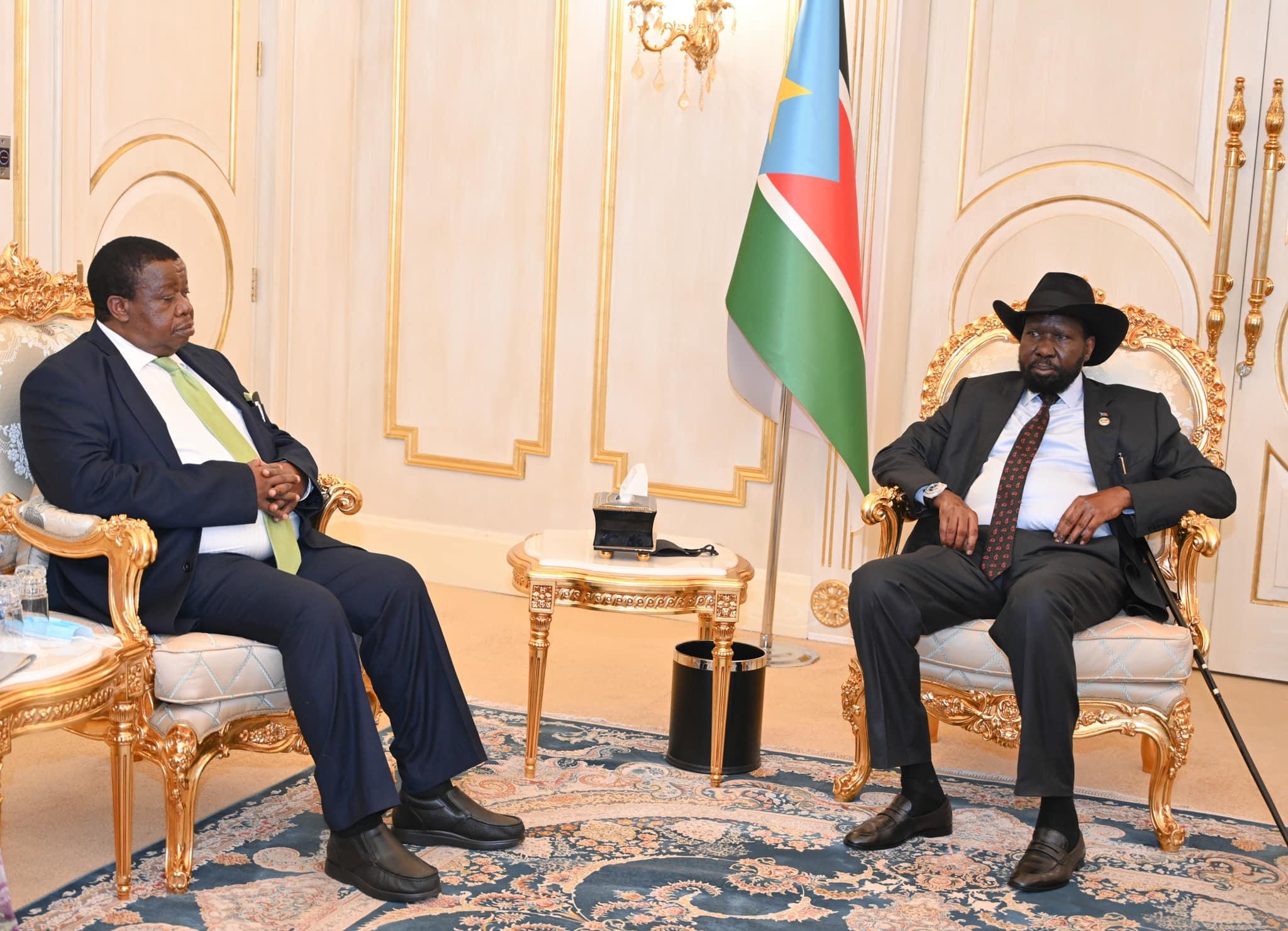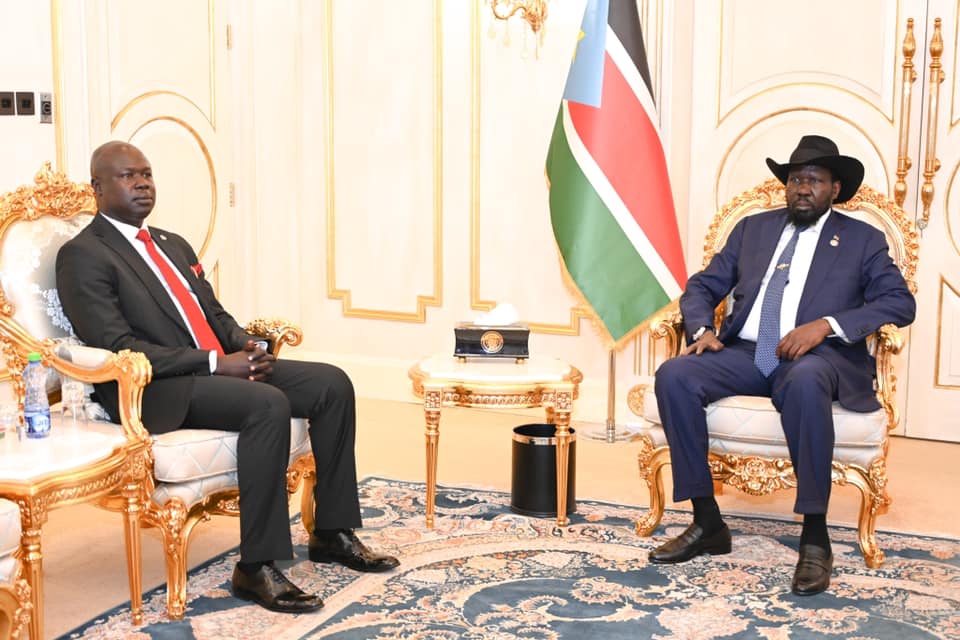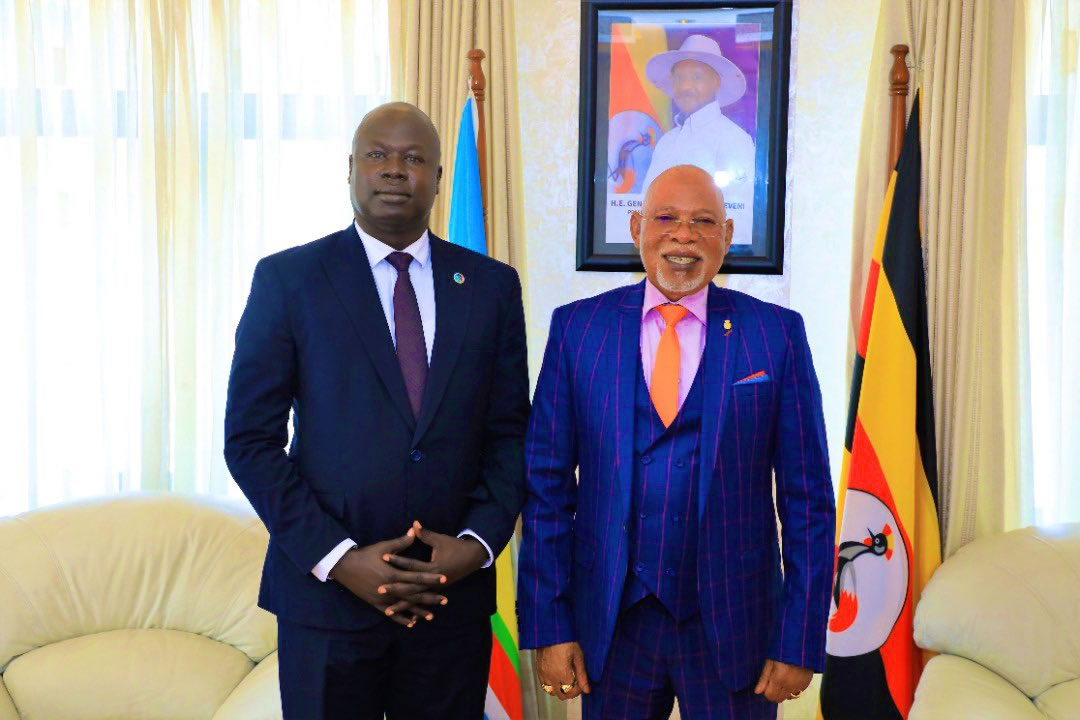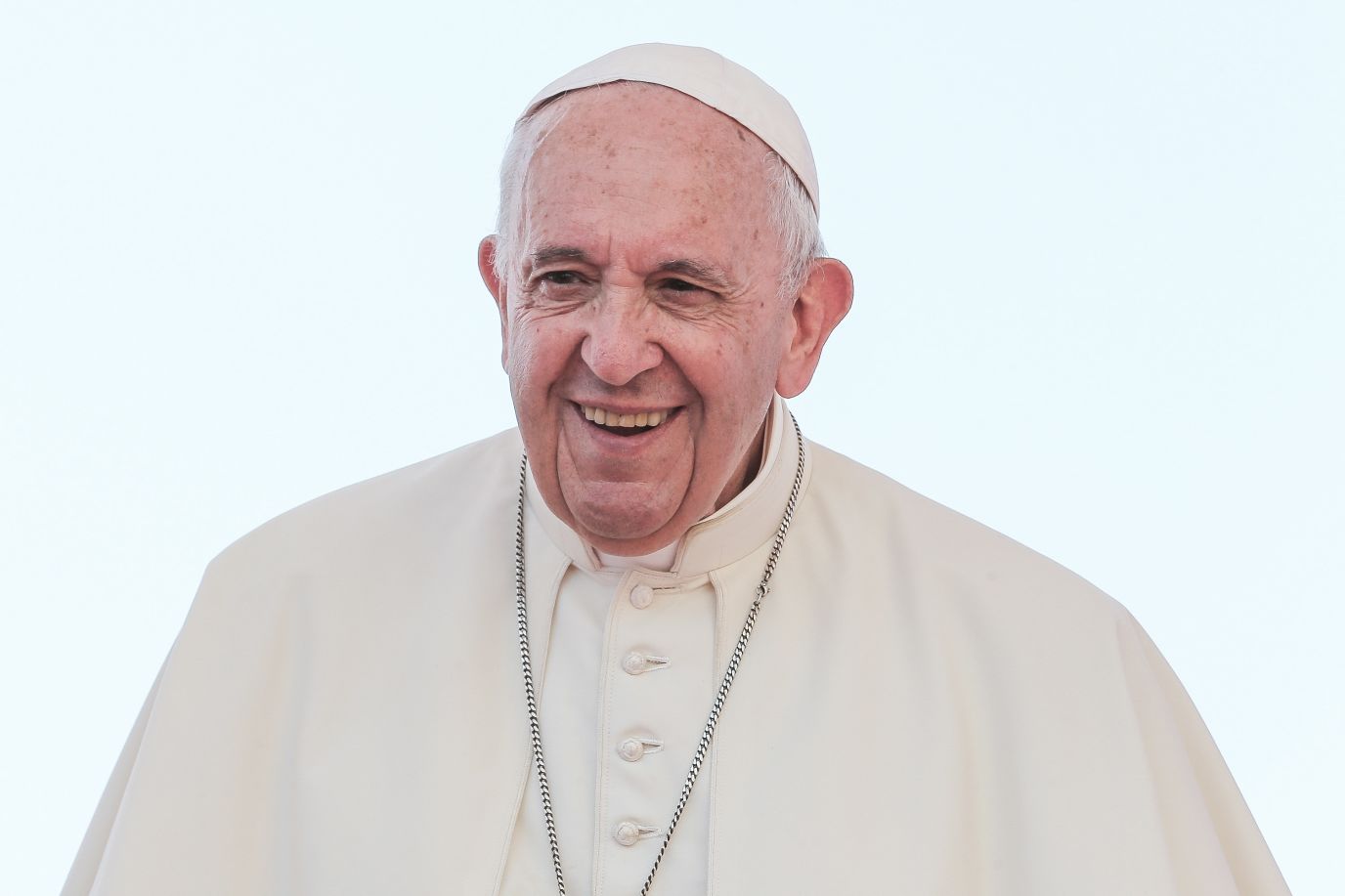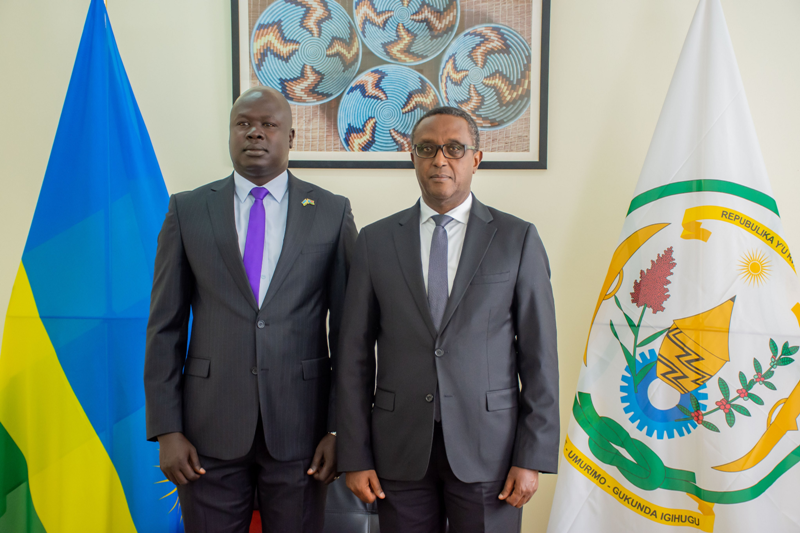H.E. Amb. Simon Juach Deng penned an article on President Salva Kiir's EAC Chairmanship.
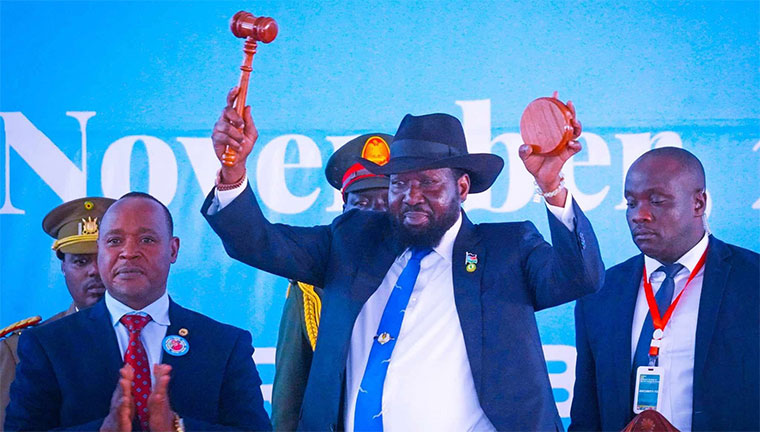
In a momentous development for the East African regional bloc, the President of the Republic of South Sudan Salva Kiir Mayardit has taken the mantle of leadership as the new chair of the East African Community (EAC).
He takes over from Évariste Ndayishimiye, the President of Burundi. This marks a significant milestone in President Mayardit’s distinguished political career and signals a fresh chapter of cooperation, development and progress within the regional bloc. With his experience, vision, and dedication, he is poised to steer EAC towards even greater unity, development and prosperity.
As an experienced statesman, President Mayardit has demonstrated his unwavering dedication to regional cooperation by nurturing peace and stability within his country South Sudan through the implementation of the Revitalized Agreement on the Resolution of Conflict in the Republic of South Sudan and actively supporting the regional body initiatives in the past.
His leadership will embody the essence of unity, which will serve as a guiding principle during his tenure. He will prioritize bolstering economic growth and development in a more integrated region. With the region’s vast resources, diverse economies and untapped potential, he will aim to create an environment conducive for investment, trade, and job creation for the youth.
His expertise in East African regional affairs and his hands-on approach to governance equip him to spearhead initiatives that will drive economic progress within the East African Community.
President Mayardit’s assumption of leadership comes at a critical juncture for regional integration as the Federal Republic of Somalia was admitted into the bloc. With member states interconnected through trade, infrastructure, and shared challenges, there is a pressing need to strengthen the ties that bind them.
In the next one year, President Mayardit’s leadership will be instrumental in consolidating the gains made thus far and ensuring regional integration is pursued with renewed vigour. By breaking down barriers and fostering a deeper sense of collaboration, Mayardit will seek to enhance the EAC’s collective ability to tackle shared challenges.
With his proven record of nurturing peace within South Sudan, President Mayardit is well-positioned to contribute significantly to the stability of the East African region. Recognizing that sustainable development can only thrive in an environment of peace and security, he will lend his expertise and experience to address regional conflicts and foster peaceful resolutions.
He will leverage the EAC's existing mechanisms and foster dialogue among member states as he envisions a region marked by stability, which will serve as a catalyst for progress and prosperity. As he assumes the leadership of the East African Community, there is an air of optimism and anticipation for the future.
His takeover signifies a commitment to unity, economic growth, regional integration, and peace within the East African Community. The region and its member states will benefit from President Mayardit’s leadership, experience, and vision, as he steers the bloc towards a brighter and more prosperous future. As he takes the helm, East Africa stands poised to realize its full potential and establish itself as a leading force on the African continent.
South Sudan is not Sudan
The Republic of South Sudan is a sovereign African Country (member of East Africa Community) that gained independence on July 9, 2011; the country borders Uganda to the south, Kenya to the southeast, Ethiopia to the east, Sudan to the north, CAR to the west and DRC to the southwest.
With the above, I want the citizens of EAC to understand the distinction between the Republics of South Sudan and Sudan. Most media houses in the Republic of Uganda interchangeably use “South Sudan” and Sudan” leading to confusion and misinformation. However, it is imperative to recognize that South Sudan and Sudan are distinct entities, each with its own unique history, political landscape, and cultural identity.
For this reason, I will shed more light on their differences to enable readers to have a clearer understanding of these two beautiful neighboring countries. Located in northeastern Africa, the Republic of Sudan is the country that gained independence from Anglo-Egyptian Condominium rule in 1956. It is bordered by Egypt to the north, Ethiopia to east, South Sudan to the south, and Chad and Libya to the west. Sudan’s capital is Khartoum, and it is the third largest country in Africa by land area.
The Republic of South Sudan, on the other hand, became an independent country in 2011 following a protracted civil war within Sudan. It is located in eastern central Africa and shares borders with Uganda, Sudan, Ethiopia, Kenya, the Democratic Republic of Congo, and the Central African Republic. Juba is the capital city of South Sudan. South Sudan is the world's newest nation and it is a member state of the East African Community.
Sudan’s history is marked by diverse civilizations, including the ancient kingdoms of Kush and Meroe believed to be associated with the present-day Nuba, Dinka, Nuer and Shilluk and others, as well as the influences of Arabs traders and Islamic dynasties. In contrast, South Sudan’s history is shaped by the rich cultural heritage of various African indigenous ethnic groups that are presently inhabiting the country.
Sudan has undergone significant political changes over the years. It has experienced periods of military rule and civil unrest including fifty years of struggle by the people of Southern Sudan that eventually became the Republic of South Sudan after its independence in 2011, leading to the formation of multiple governments.
Presently, after the ousting of its longest-serving President, Omar Al-Bashir, in 2019, Sudan is now governed by a transitional government in which the parties, Sudan Arms Forces (SAF) and paramilitary Rapid Support Forces (RSF) are in a military confrontation over power wrangle.
The Republic of South Sudan has embarked on nation-building efforts and is currently the fastest growing economy in East Africa with massive construction projects happening across the country on private and public scales as a large middle-class forming which is boosting economic growth and productivity etc.
Both South Sudan and Sudan have rich cultural diversities e.g. Sudan’s population comprises a mix of Arab, African, and Nubian ethnic groups, with the majority of its citizens practicing Islam. In South Sudan, the population is predominantly African, with various ethnic groups practicing diverse religions, including Christianity, Islam, and traditional African beliefs.
In conclusion, understanding the distinction between these neighbouring nations is paramount in dispelling misconceptions and promoting accurate knowledge. Although both countries share a historical connection, these beautiful neighboring nations have charted their own paths, marked by unique political, cultural and social dynamics.
By appreciating the differences between the Republic of South Sudan and the Republic of Sudan, citizens of the EAC and in particular Ugandans will be better informed since South Sudan is economically (in terms of trade) and socially (in terms people to people relations) interconnected with Uganda and the rest of East Africa region.
The writer is South Sudan’s head of Mission to Uganda
Recent Posts
